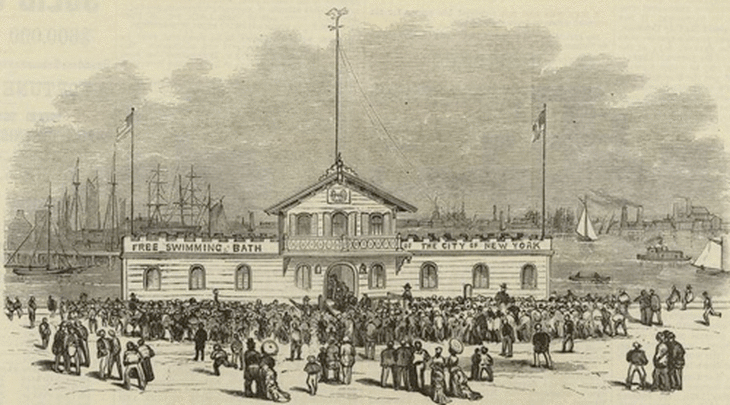Defending New York After the Revolution: The Governorship of John Jay
By Robb K. Haberman
A specter haunted the city and port of New York during the Quasi-War (1798-1800) and the years preceding it. With the young republics of France and the United States engaged in undeclared naval warfare, New Yorkers feared a seaborne strike would lay waste to their community and cripple its thriving maritime commerce. Although unrealized, these fears were certainly justified; despite attempts to construct an adequate system of defense, the city remained incapable of withstanding assault. Indeed, in March 1798, one official highlighted New York’s vulnerability, noting that its immense wealth and property “invite invasion” and that it would be helpless if set upon by a “single Twenty Gun privateer.” Many residents recalled with bitterness the great fire of 1776, a conflagration that had destroyed a quarter of the city, and feared that New York would soon be revisited by a similar trauma.
Read More








